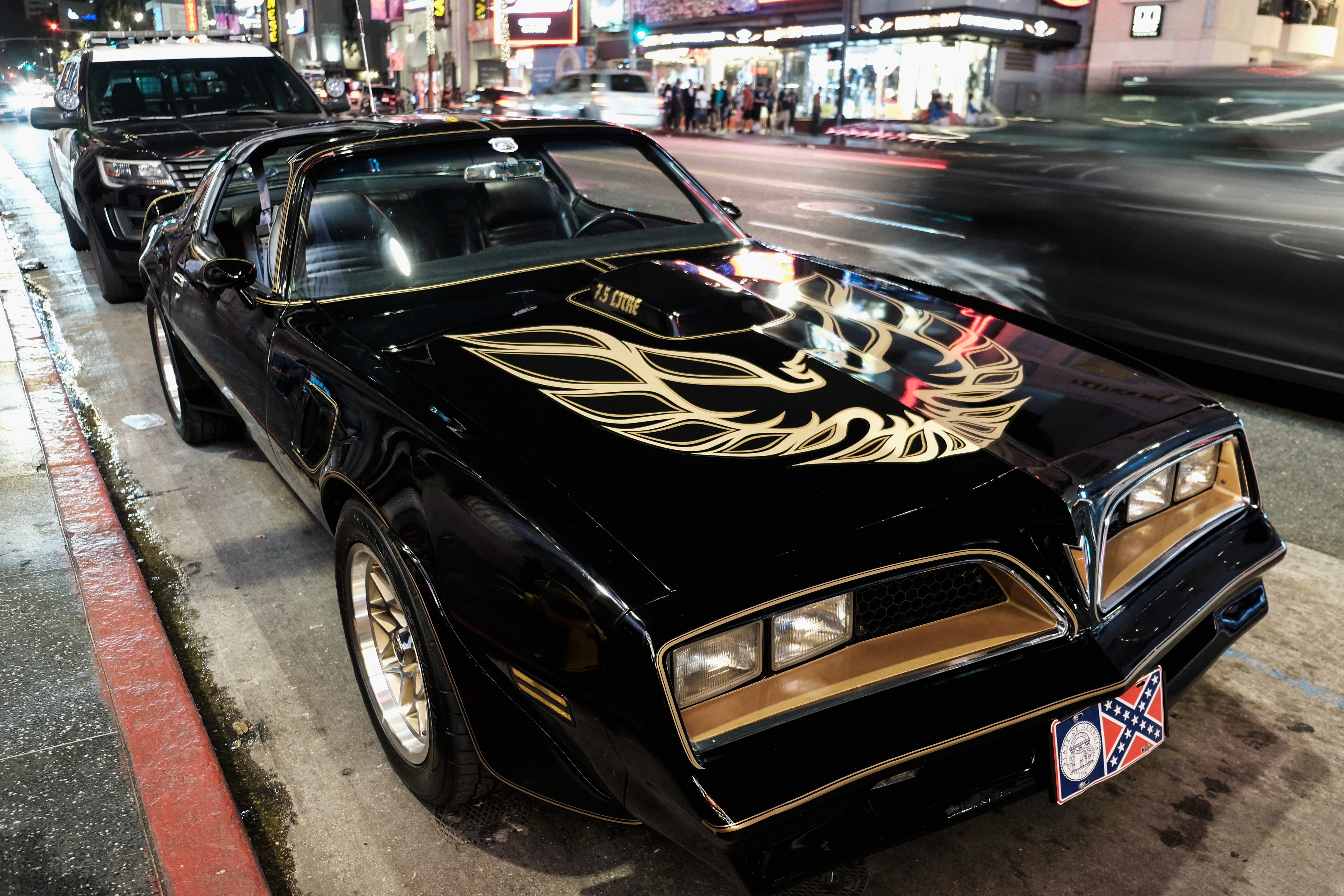
I was very aware of what I was doing, and wanted as much attention as possible for the best photography and video. It had an RB26DETT engine from a GT-R – Toyota’s 2JZ is great for low-end torque, but we needed high-end power and I could work on it easier – but the Supra’s bodywork and aero, which were great for top speed. “It was Max Power’s idea to go really fast, and the Supra could do it. “I flew a video crew from a Japanese magazine – Option – over too, otherwise I would get bored,” he says, lighting another cigarette and slotting his Zippo lighter into his top pocket. So when it offered to pay to send Smokey and his car over for the Max Power Live show, he agreed. Along with Gatso jousting, car park racing and asking what your favourite-coloured orifice was, it had real sway and embedded itself within the zeitgeist, selling nearly a quarter of a million copies a month. For younger audiences, Max Power was a modified car mag like no other. Born in 1964, Smokey Nagata spent his formative years in the Japanese prefecture of Hokkaido, in a little village. In the seat for the Aqua-Line run was none other than tuning bible, Max Power. A man who breathes and sweats automobiles, he made a name for himself in the Japanese automotive tuning industry between the early 80s and late 2000s, when Japanese manufacturers were making some of the most tuner-friendly cars. This, as you’ll learn, won’t be Smokey’s only tussle with authority in his life. So when the teachers found out, I was expelled.”

When we did, I started driving it to school. But I struggled to fix it, so a local boss at Toyota helped me get it running. Paul M Glaser 0 Likes That uncomfortable moment when youre in the car and you look at the people in the car next to you. I bought my first when I was 15 years old – a Mitsubishi Galant GTO. Modest Mouse 7 Likes The car is a character in the piece - Ive never liked the car, I submitted to its objectionable popularity. But my father loved driving fast, so I became obsessed with the sensation of speed and started tinkering with cars. “It’s Japan’s northernmost prefecture, so there’s not much going on. “I grew up on a farm in Hokkaido,” he says, dragging in a hefty toke from his cigarette. One that doesn’t stand for social suppression or authority, a trait only exercised in and around cars. But it’s unwise to judge him by his mannerisms.

He’s softly spoken and anxiously fidgets in conversation, often cowering back into a shell of introversion that wraps around his stunted, slight frame. It was the ultimate ballsy PR tool for his company – Top Secret – proving that his cars were the real deal.Ĭonsidering his infamy as a 200mph maniac, Smokey doesn’t have the look of a menace to society. His escapades hit the headlines, and the grainy footage of him illegally squirrelling down the motorway from the cameras gaffer-taped to the car went VHS viral – instantly catapulting him to legendary status within the tuning community. It wasn’t long before the winter darkness filled with blue lights: the police made chase and arrested him, resulting in Smokey having a night at Her Majesty’s pleasure (a remarkably lenient sentence which wouldn't happen today) before fleeing back to Japan, worried his tuning company was going to go under. More than enough to unofficially claim the dubious, dangerous record of the fastest speed ever reached by a car on a UK public highway. It's no wonder there's a growing culture around JDM cars, and these Instagrams really show it! We've selected these based not on followers but on content alone.Due to some complications (the engine running lean on one run, the car wanting to jettison its bonnet at 190-odd on another), he had a few attempts but ultimately fell short of the double ton, clocking 194mph. The low cost of entry, retained value, and avid street racing culture of the '90s was a perfect storm that led to what it is now, in America. When all the big players in the land of the rising sun agreed to a 276-horsepower limit, they opened up the markets for cars that almost everyone could get their mitts on, and they were made to endure extensive beatings and modifications. We idolize Smokey Nagata and Takumi Fujiwara alike, we respect people more if they have to reverse through drive-throughs cause they have a right-hand drive, and we all make fun of Mustang drivers.īesides mostly being 25 to 30 years old, the cars we love are actually from a golden era.
Smokeys cars jdm full#
It's full of memes, low-quality videos of hooning around, and slow-motion videos edited to the hip-hop song of the week. The JDM culture is young, humourous, and totally reckless.


Technically, the term "JDM" means Japanese Domestic Market and refers to cars from, Japan but it's being appropriated to also mean any Japanese car.


 0 kommentar(er)
0 kommentar(er)
